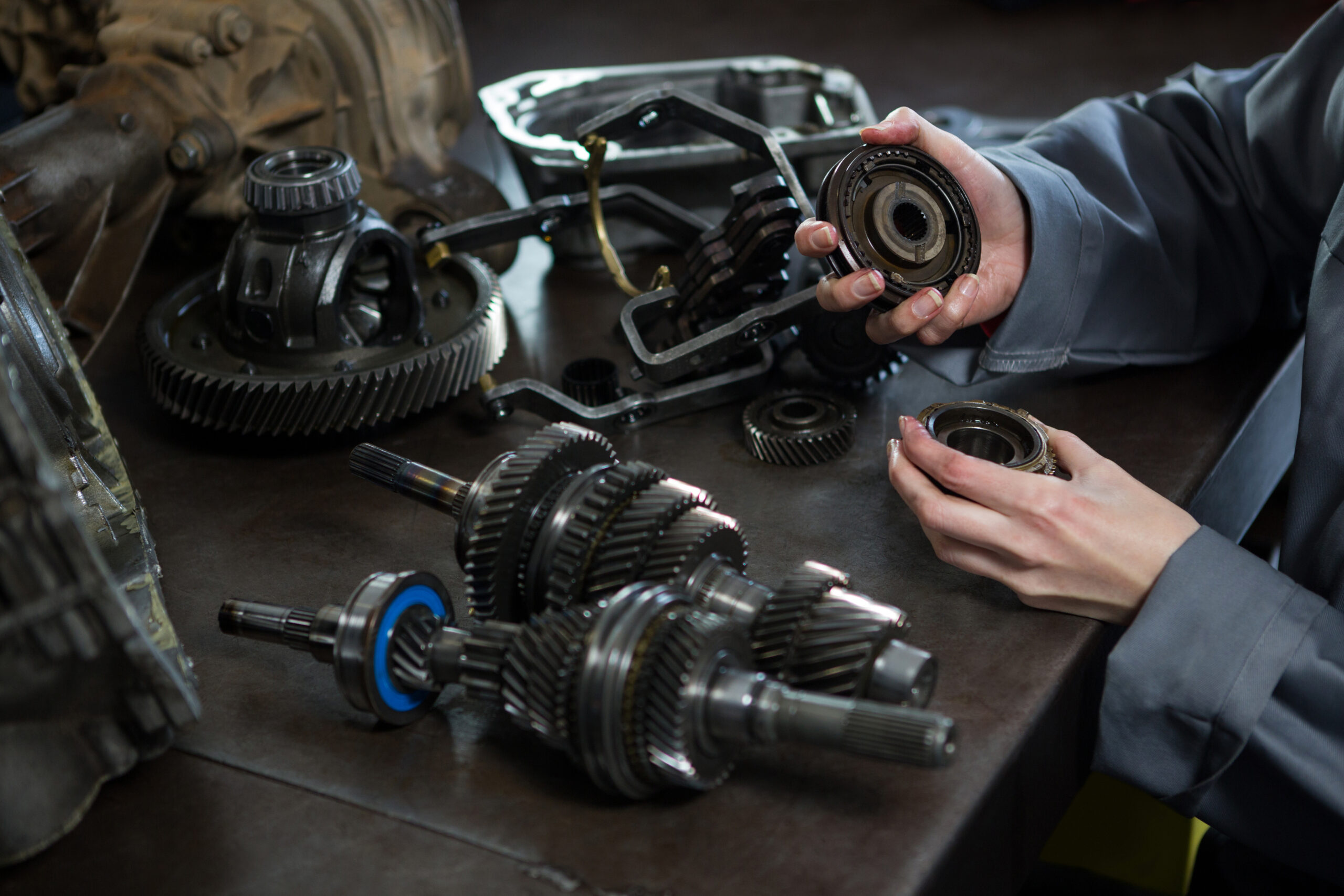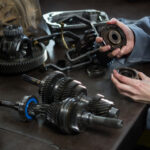Flywheel Manufacturer
The flywheel manufacturer is not just a parts manufacturer; it is a strategic partner that lays the foundations for the vehicle’s performance and safety standards. The manufacturer’s R&D investments, transparency in material sourcing and process-oriented quality audits guarantee the durability and precision of each flywheel. In addition, a strong manufacturer infrastructure keeps the competition in the industry alive by fostering a culture of rapid solution development against unexpected raw material shortages, rapid adaptation to customer demands and continuous improvement. In this way, the end user experiences both the smoothness they feel on the road and the advantage in long-term maintenance costs directly thanks to the manufacturer’s meticulous choices and sense of responsibility.
Which Flywheel is Best
The question of which flywheel is “the best” actually depends on the intended use of the vehicle, the engine architecture and the driver’s expectations. Original equipment flywheels are among the most stable and reliable options as they fully comply with the vehicle manufacturer’s standards. Especially dual-mass flywheels minimize vibrations and offer a comfortable and quiet driving experience. In performance-oriented vehicles, on the other hand, single-mass or lightened flywheels allow the engine to rev faster and give the driving a more dynamic character. For this reason, the “best flywheel” is always the correctly selected flywheel that best suits the usage scenario. The flywheel manufacturer is the biggest factor in determining the quality of the flywheel. Therefore, you should choose a reliable manufacturer and seller.
How are Flywheels Manufactured?
Flywheel production starts with an engineering study in which the design is made according to the torque and durability values required by the vehicle. High-quality cast iron or steel molds are prepared in line with the technical drawings; this material is melted and shaped in the molds and then left to cool. The cooled parts are machined by turning and milling processes to achieve surface smoothness and dimensional tolerances. Then, their strength and fatigue resistance are increased in heat treatment chambers, thus ensuring the homogeneity of the microstructure in the flywheel. In the final stage, it is rotated on dynamic balance benches for vibration analysis, minor weight adjustments are made if necessary, and the final dimensional control and surface quality are confirmed and made ready for assembly.
Flywheel Prices and Price Influencers
Flywheel prices are directly related to the quality of materials and manufacturing methodology used, as well as whether the vehicle is in the original equipment (OEM) or aftermarket segment. While dual-mass systems usually have a higher value due to their complex internal structure and extra vibration damping components, single-mass and performance-oriented lightweighted models can push the price level up as they require special alloys and precision workmanship. In addition, the manufacturer’s R&D investments, quality assurance processes and warranty coverage also affect the price; companies with a high reputation in the industry tend to reflect this in their costs through their long-lasting warranty and uninterrupted technical support. Fluctuations in the raw material supply chain, exchange rate movements and logistics costs can also lead to periodic increases or decreases in volant prices. Finally, vehicle model-specific compatibility requirements and stock availability are also among the factors that determine price balances in the market.







